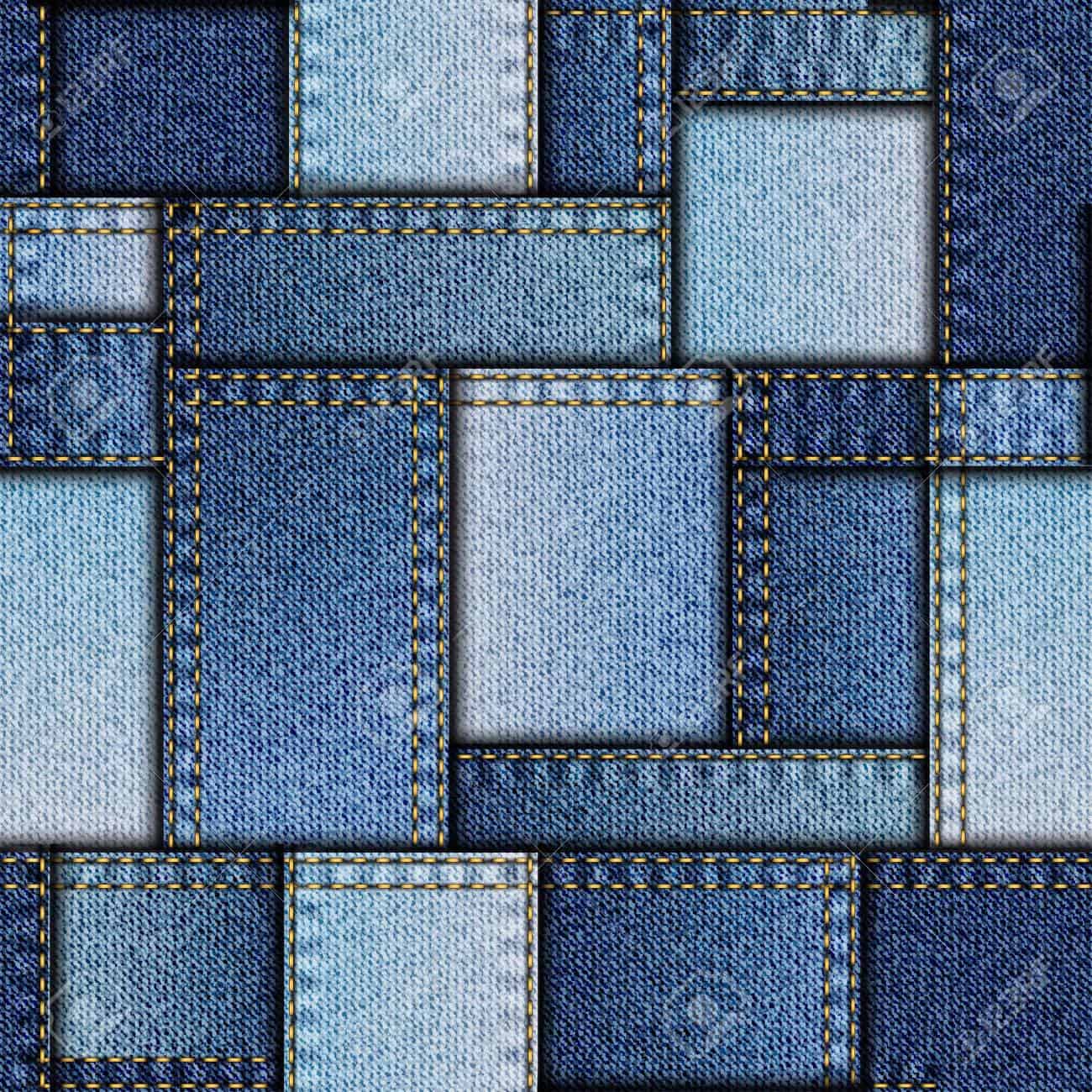Project Description
Denim Fabric
HOW DENIM JEAN HAS BECOME A SYMBOL OF AMERICAN CULTURE THE WORLD OVER
Brief
Denim is one of the world’s most iconic fabrics. The moment you say the words “denim jeans,” everyone around you knows what you’re talking about. Denim is popular across national and cultural boundaries, and the denim jean has become a symbol of American culture the world over.
What, exactly, is denim, however? Where did this fabric come from, and why has its popularity endured unabated throughout the decades? We’ll dive into all these questions and more as we tell you everything you need to know about denim fabric.
Gold miners liked the durability and repairability of denim-weave cotton, and though other dye colors were widely available in the American West, manufacturers like Levi Strauss continued using the indigo blue dye that Genoan fabric merchants originally resorted to out of necessity.
Deliverables
American textile producers started making other apparel items out of denim, and these days, you can even purchase home decor products made with this durable and aesthetically appealing fabric. While production of blue jeans was once limited to the United States, the late 20th-century manufacturing exodus saw the majority of denim production transfer overseas.
Denim fabric now has too many variations to list, and it has been mixed with other fabric and weave styles ad nauseam as designers have worked feverishly to develop the latest trends in denim fashion. All the same, traditional Levi 501s remain incredibly popular around the world, and a niche industry has emerged that revolves around “raw denim,” which is part of every hipster’s lingo book. Global interest in denim remains strong, and it’s likely that this weave will still be produced as long as cotton remains a major textile product.
Results
As a natural fiber, cotton has the potential to be a non-polluting substance. Like all plant crops, however, corners are often cut to produce higher cotton yields with toxic pesticides and fertilizers. Much of the denim on the market is contaminated with toxins that could harm your health. What’s more, using chemical fertilizers and petrochemicals in the cotton cultivation process poisons ecosystems and causes health complications in local plant, animal, and human populations.








